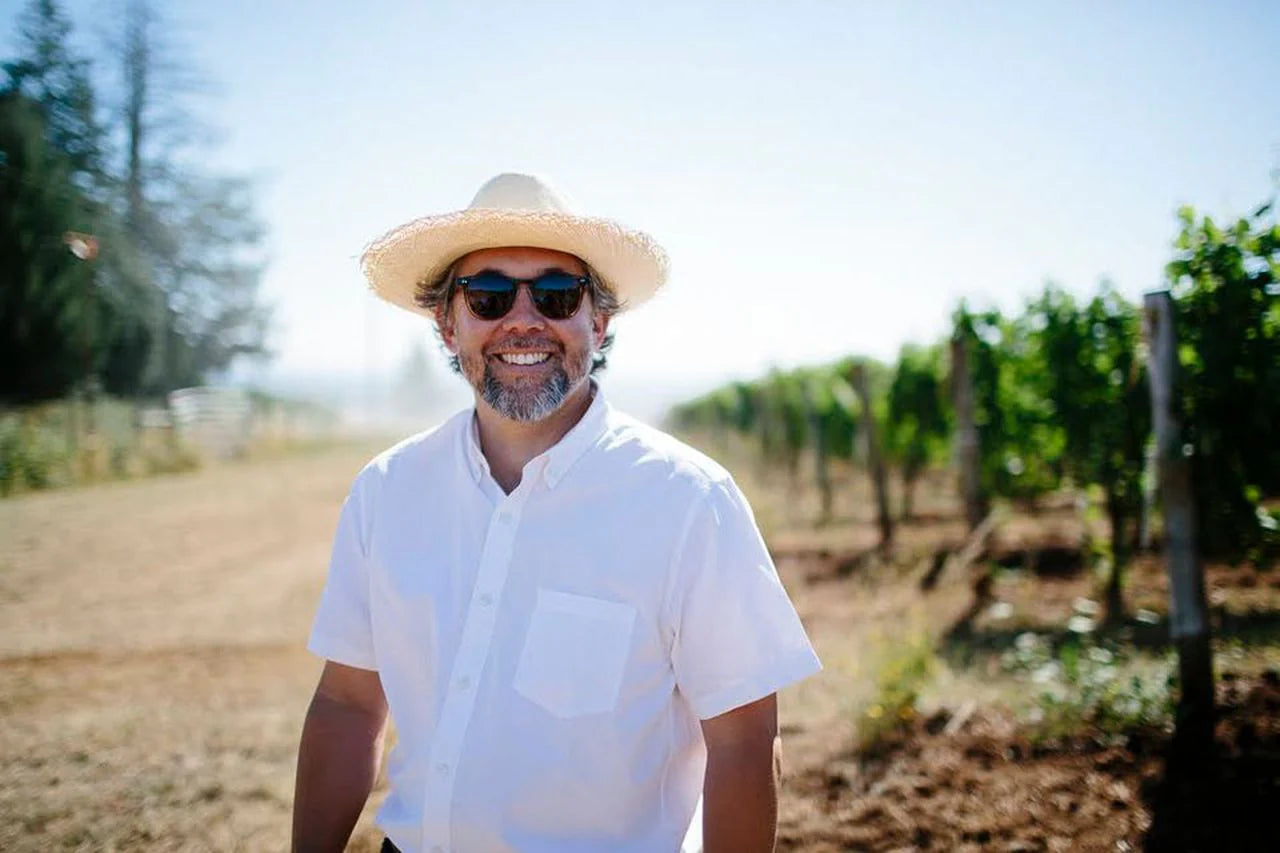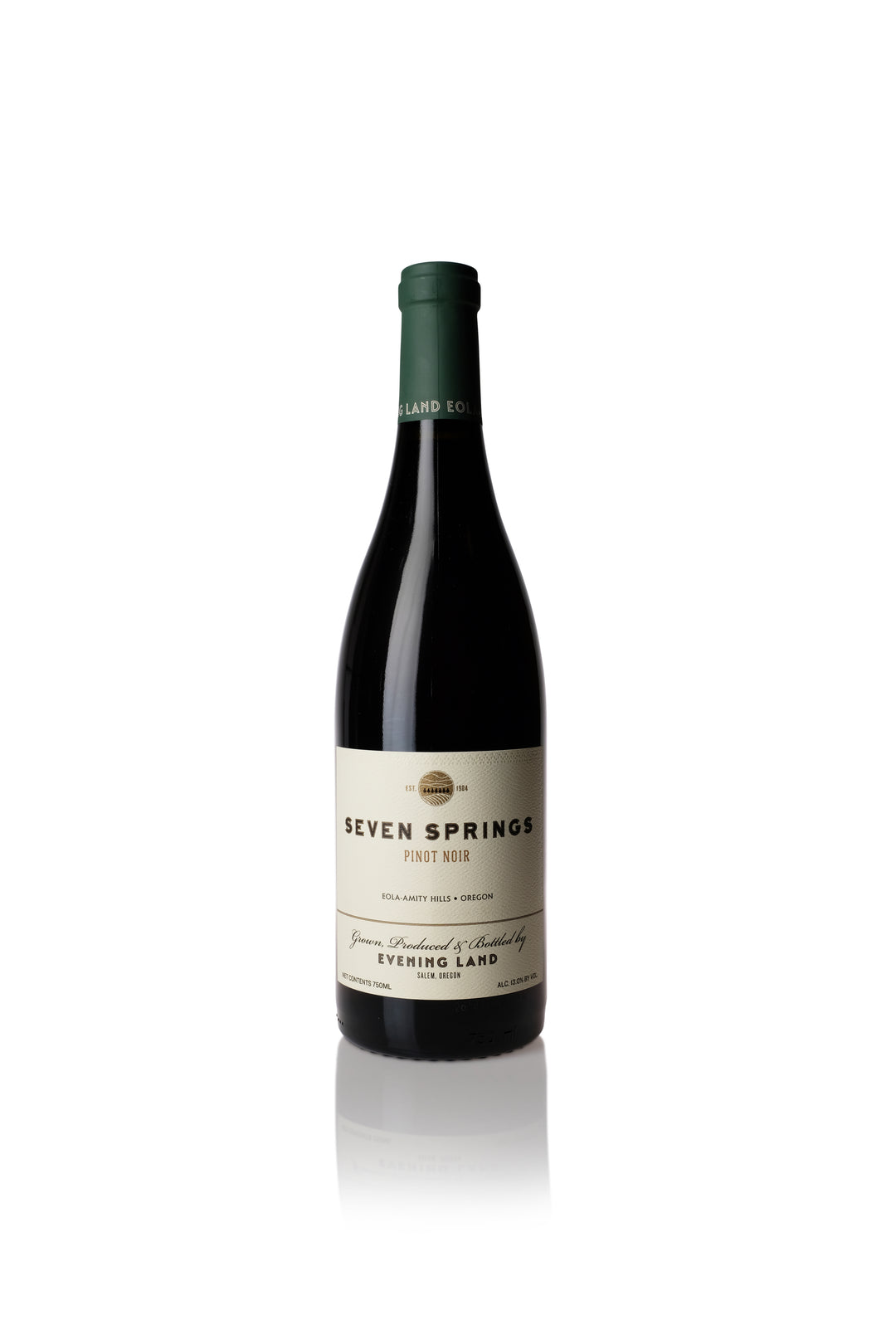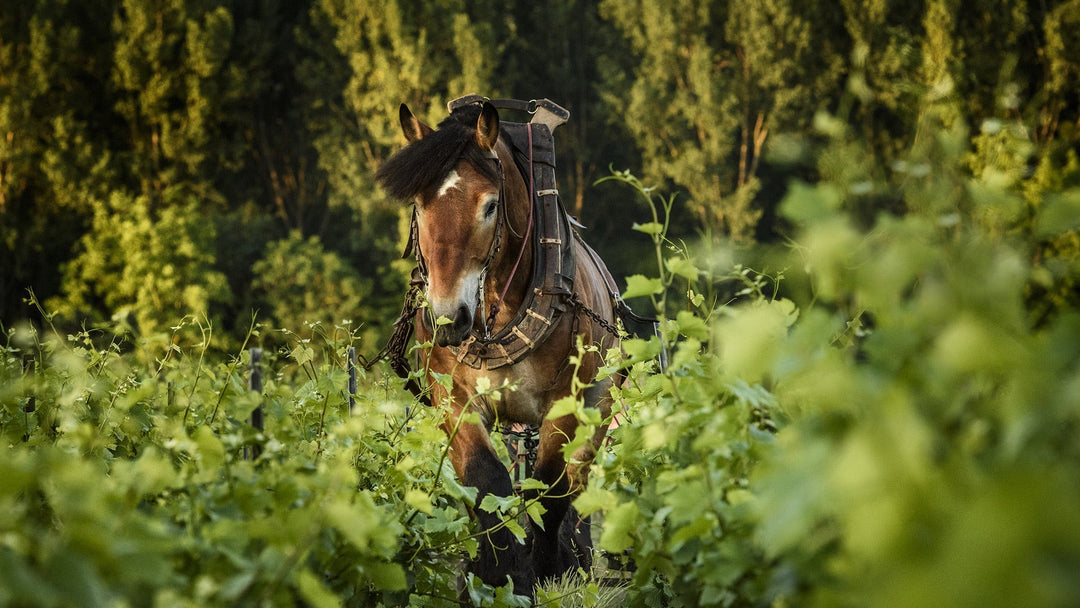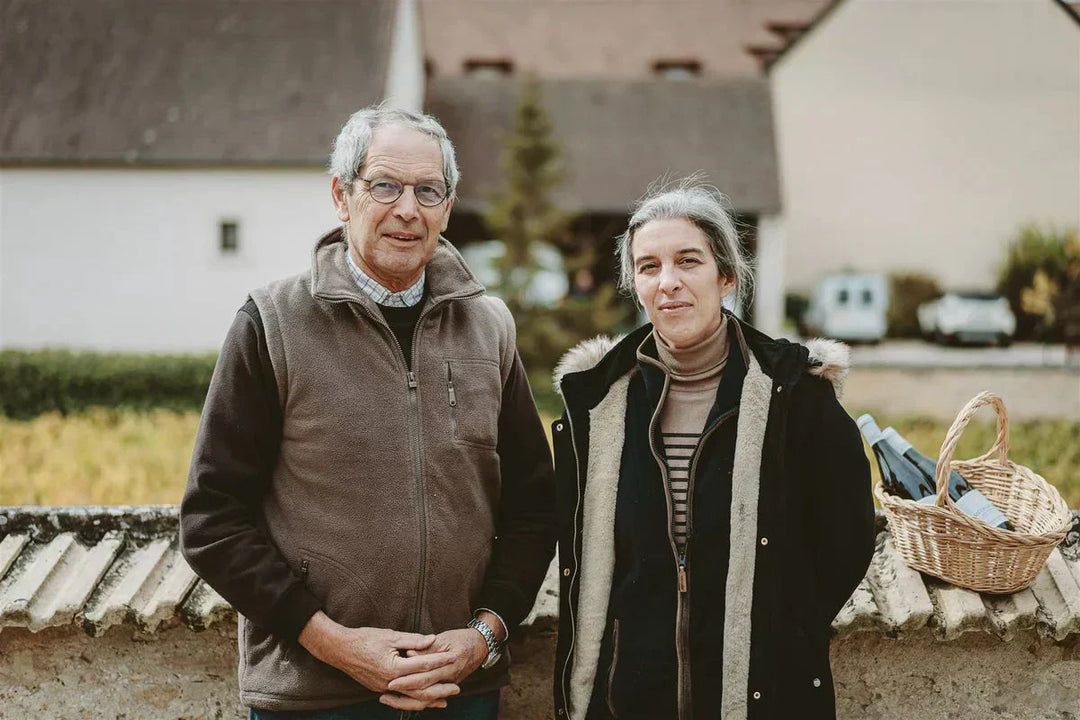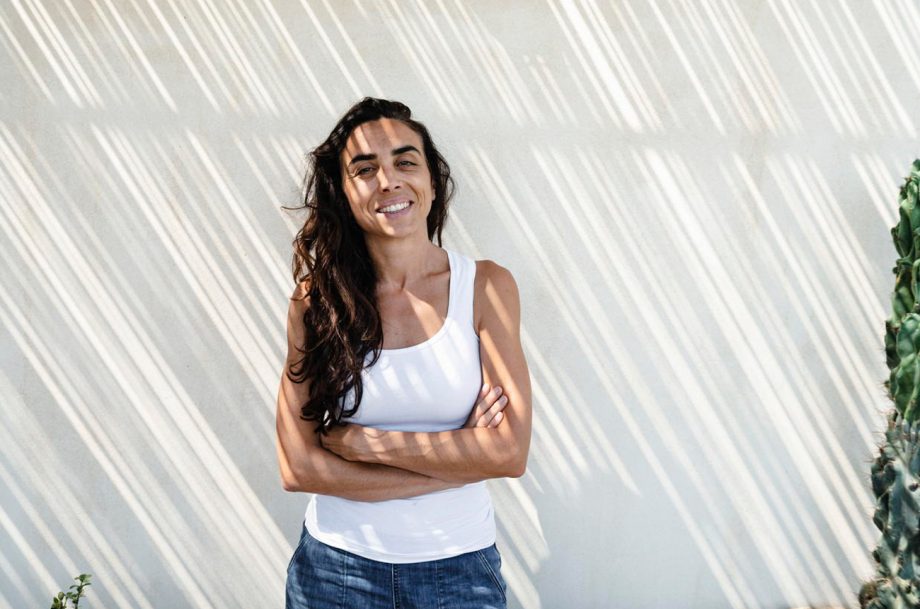SASHI MOORMAN
Piedrasassi + Sandhi + Domaine de la Cote + Evening Land
The backbone of Hart & Cru has become a tradition of telling stories and building relationships all through the lens of wine. It’s a simple formula; grapes, earth, and people. We particularly love meeting those in the wine world with a small, but mighty idea that transitions into something special.
After opening our brick and mortar in Pendleton last year and gradually growing our staff, the opportunity came to bring the team out West. We recently returned from the hills of Santa Barbara after visiting several of our favorite producers. There is one person in particular that we met with that left quite a mark on our team. It was Sashi Moorman, a friend of the Cru, and one of the most talented American winemakers today.
We met at his winemaking facility in Lompoc, a town in Santa Barbara. After meeting the team outside the tasting room, we divided between cars and he led us to his vines outside of Lompoc. After passing through numerous winding roads curving around hillside after hillside, we arrived at the base of his vineyard sites in Santa Rita Hills where Sashi began planting vines 15 years ago. He and his business partner, celebrated wine writer and winemaker, Rajat Parr, have a common thread in their multiple projects together. Both winemakers were inspired by the classics of France that focused on elegance, highlighting soil types, and creating wine with a true sense of place.
Sashi began to speak to our group over the course of an hour, often while leaning against a post at the top of the hillside. Here are some things he said.
On making wine: “It’s not an environmentally conscious pursuit.. Nobody needs wine.”
It was a statement regarding any material used to produce wine from cork to glass. He brought up topics that people in the wine industry often avoid discussing, among them carbon dioxide emissions and an excess of transportation. Wine is such a transported good that exported sales often far exceed local revenue. It’s a consistent issue.
That being said, an enormous effort has been put forth by Sashi over years and years to put more back into the environment than was taken from it. Farming means leaving space for other kinds of agriculture. He likened it to people and the spread of covid-19. This space prevents terrible diseases from spreading while simultaneously enhancing wine quality. Ironically, Sashi pointed towards vineyards that we could see down the hillside from his own; the vines were much closer together. It was more about yield than quality or sense of place.
At the top of the hillside of the vineyard ‘Le Cote’ is a grand oak tree. Sashi explained the influence of this tree; the fruit that grew near the tree had an entirely different aroma and taste than the fruit further from the tree. It reinstates the concept of flora and fauna where vines thrive from their exposure to other living things, whether they be yeasts, plants, or animals. Biodiversity in the vineyard is vital to the health of plants; much like people, we need a variety of stimulants to thrive.
“Wine should not be a commodity product.” Sashi dove into the concept behind $10 bottles. They certainly exist to meet consumer demands, though their production leaves plenty to be desired. Cheap wine often exploits labor. A massive amount of wine must be made in order for it to be profitable.
“If you’re going to be in this industry, try and do something really special. Domaine de La Cote for me is special because the site is special and the wines are unique.”
Something we noticed about Sashi, particularly in his Tasting Room, later back in Lompoc, was that he spent minimal time speaking about winemaking. By definition, winemaking is the journey of the fruit after leaving the vineyard—the human element of the wine. In fact, he spent more time dwelling on how he didn’t want to talk about winemaking, than actually talking about it. He said this whilst surrounded by barrels, as he and his assistant, Julia, spoke and poured.
We love the aesthetic of the wines created in each of Sashi’s projects. People often compare the wines to that of Burgundy, as they focus on showcasing a sense of place using French varieties.
“To say we’re not trying to make Burgundy, isn’t to say we’re not inspired by Burgundy, we are DEEPLY inspired by Burgundy. We just want to take that inspiration and make sure we’re being faithful to our own terroir”.
As much as the Domaine de La Cote, Sandhi, and Piedrasassi projects exude French aesthetics, they are very much California. Standing at the top of the site in Santa Rita Hills, the Pacific Ocean is just seven miles away. Sand covers the ground all over, and numerous types of soil are visible in the hillside. For being in the middle of summer, Santa Rita Hills was strangely cool, particularly at nightfall. California has pockets of cool areas, ones that don’t absorb every morsel of sunshine. The cooling winds from the nearby ocean keep Santa Barbara cool.
There was an obvious common thread in the aftermath of listening to Sashi speak. Each of us were wildly impressed with his initial idea that was considered insane, his determination to make that idea come to fruition, and the resilient way in which his projects still focus on a sense of place, not profit.
by Brittany Marsh - the Cru - HART & CRU
ALL PROJECTS BY SASHI MOORMAN
Piedrasassi
Sashi Moorman has been making Syrah in the Central Coast for about two decades. With Piedrasassi, Syrah is done in a rather Old World style. Along with Syrah, Piedrasassi also creates bread on site, an ode to the agricultural traditions of the region.
Sandhi
Sandhi is based from vineyards in Santa Rita Hills of Santa Barbara County. Sandhi’s identity was founded on the idea that man, earth, and vine come together in union. Both Pinot Noir and Chardonnay are made in this project.
Evening Land
Evening Land's Seven Springs Vineyard is one of the oldest and most sought-after sites in the Willamette Valley located in Eola-Amity Hills. The vineyard has always been dry-farmed and is positioned to capture the cold air from the Pacific that enters the valley through the Van Duzer Corridor, just to the north of the appellation. Sashi and Raj recently obtained 100% control of the site.
Domaine de la Cote
As much as we wish the bottles of DDLC were available more regularly in our market, the bottles are wildly difficult to procure.


